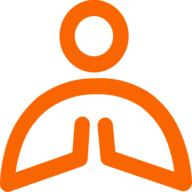Lower back pain can vary in intensity and seriousness. As a yoga instructor, it's crucial to listen to your body and not push through pain during practice. If your lower back pain persists or worsens, it's important to consult with a healthcare provider to rule out any serious underlying conditions. In the meantime, gentle yoga poses that focus on stretching and strengthening the back muscles, such as Cat-Cow, Child's Pose, and Bridge Pose, may help alleviate discomfort. Remember to breathe deeply and mindfully during your practice to help relax and release tension in the lower back.
General Discussion
A place to talk about whatever you want
729
Topics
1.4k
Posts
